From Shiney Row to Sunderland and Cleadon to Whitburn ... the history of Wearside and County Durham place names
and live on Freeview channel 276
If you ever wondered where Sunderland Monkwearmouth, Seaham, Rainton Gate and Shiney Row came from, then wonder no more.
A new paperback book covers all of this and a huge host of more information.
Advertisement
Hide AdAdvertisement
Hide AdAuthor Paul Chrystal’s new publication is called ‘The Place Names of County Durham’ and it is a 128-page wealth of knowledge on the old county of Durham which largely remained in place until boundary reforms of the 1960s.
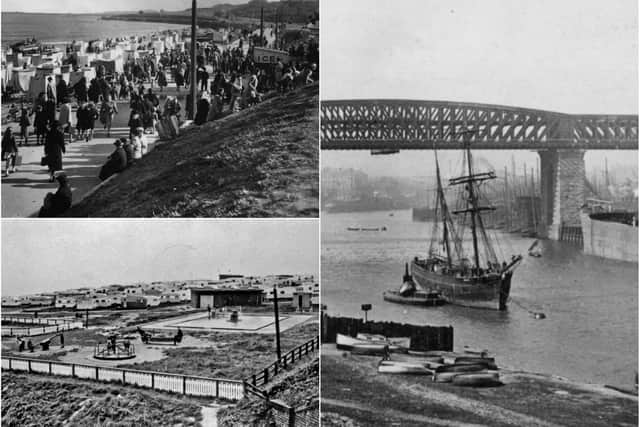

It even has a section on old pubs and where their names came from, such as the Argo Frigate in Sunderland.
A foreword to the book says: “Place names are invaluable and essential signposts to our history.
"They provide enduring and reliable evidence about a specific place or region reaching back well before the evasion and subsequent occupation of the British Isles by Romans in the first century.”
Advertisement
Hide AdAdvertisement
Hide AdFor instance, did you know where these place names originated from;
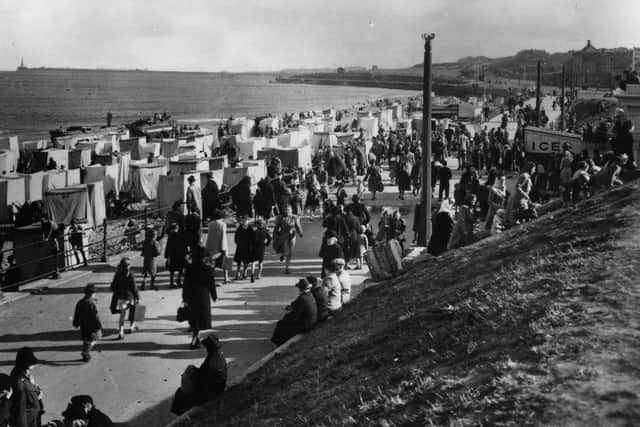

l Cleadon, which is more than 1,000 years old, derives from Cliffa-dun which means the hill with a slope. The village is first mentioned in the Book of Boldon in 1183.
l Castle Eden takes its name from the Eden burn which runs through it, and Eden comes from ituna which means to gush forth.
l Dryburn in Durham comes from the Middle English name for a dry stream. And did you know that Dryburn was Durham’s place of execution until Durham Jail was built?
Advertisement
Hide AdAdvertisement
Hide Adl Great Lumley takes its name from lumm leah which means a woodland clearing by the pools.
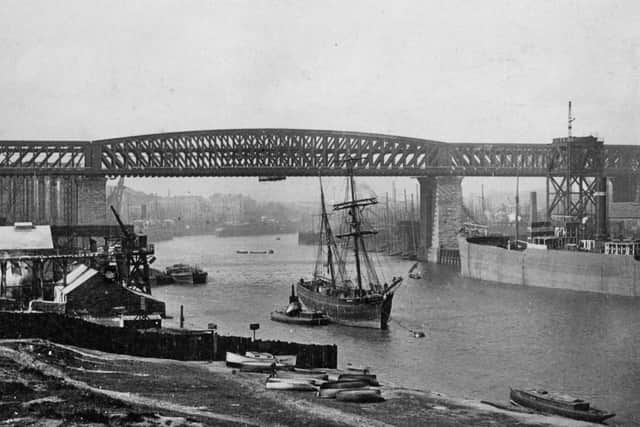

l Houghton-le-Spring comes from Hoh tun (farmstead by the hill spur) with le Spring as a reference to Sir Henry Spring whose wife Albreda owned the village in 1311,
l Then there’s Rainton Gate which derives from Reiningtun, or the estate named after Raegna.
l Shiney Row is thought to originate from the old English term scien raew which means a beautiful row of trees.
Advertisement
Hide AdAdvertisement
Hide Adl The Boldons come from Bold meaning a building and dun which means a hill.
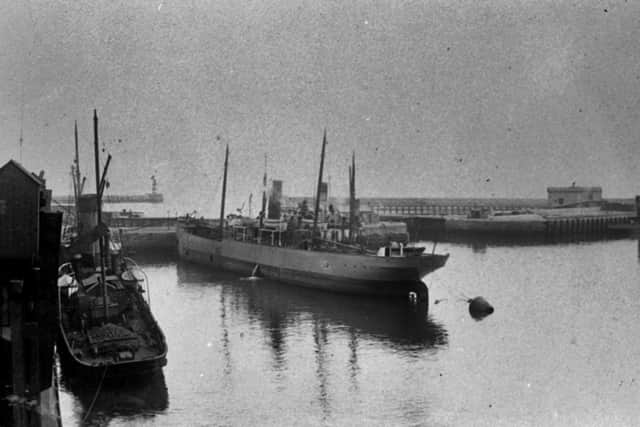

l How about Sunderland? It links in with Monkwearmouth whch was a settlement from 674 and 11 years later, further land was gifted by King Ecgfrith of Northumberland to Benedict Biscop south of the river an became known as sunder-land or ‘separate land’.
l And Monkwearmouth? It comes from the mouth of the Wear and where in 674 a monastery was formed.
And the Argo Frigate? It was named after a Royal Navy frigate which was in turn named after Jason and the Argonauts.
Advertisement
Hide AdAdvertisement
Hide AdSections on coal mining in Sunderland, South Shields and Hartlepool add to the intricate historical detail of the book.
And so do sections which cover the rivers of the county as well as the 10 highest mountains of County Durham. There is also an A-Z on interesting old County Durham pubs.
And this is still only a brief description of the fact-filled book.
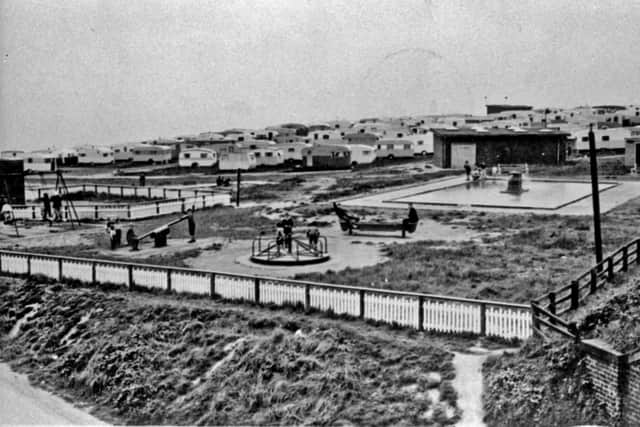

The Place Names of County Durham by Paul Chrystal is from Stenlake Publishing and costs £13.95. To find out more, visit www.stenlake.co.uk
